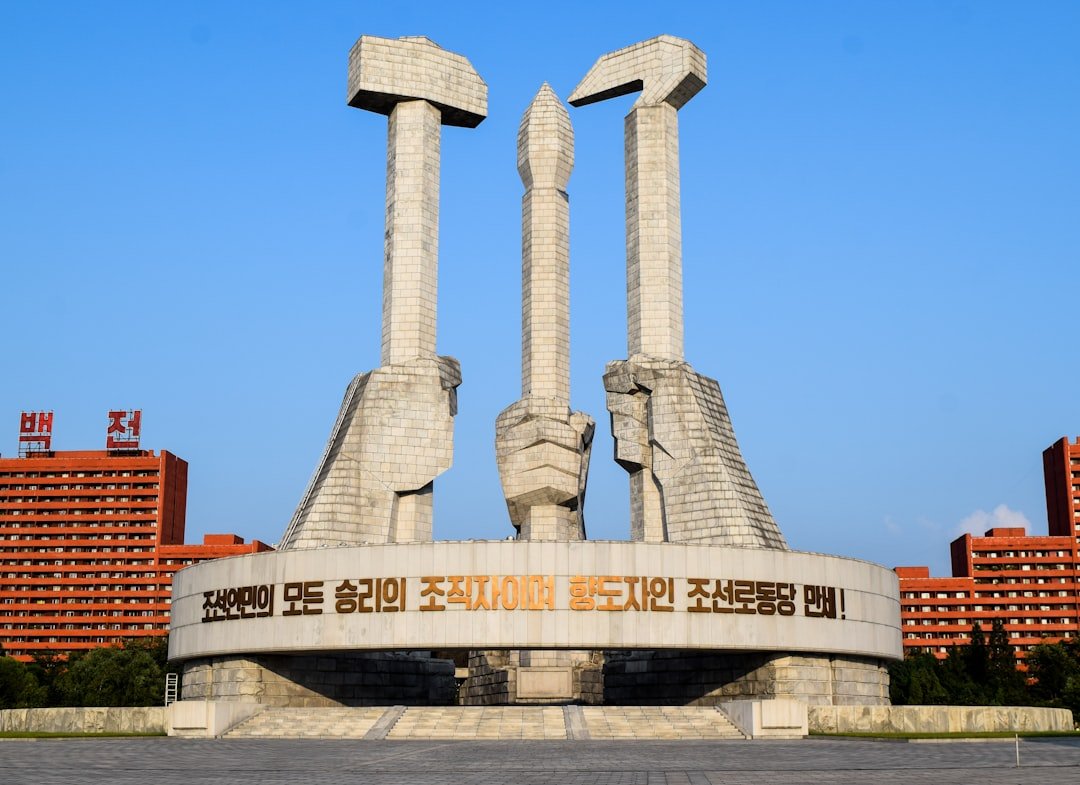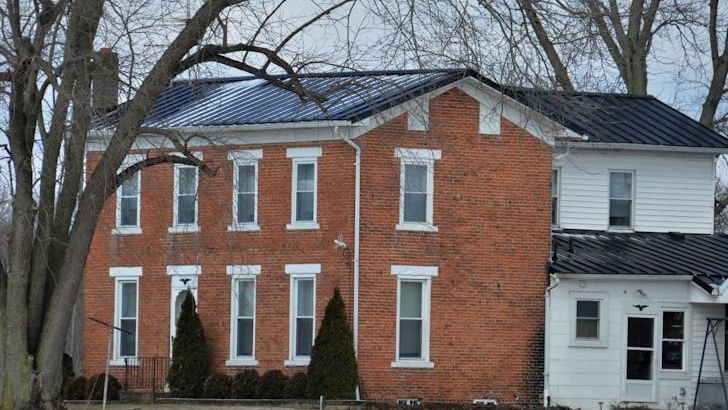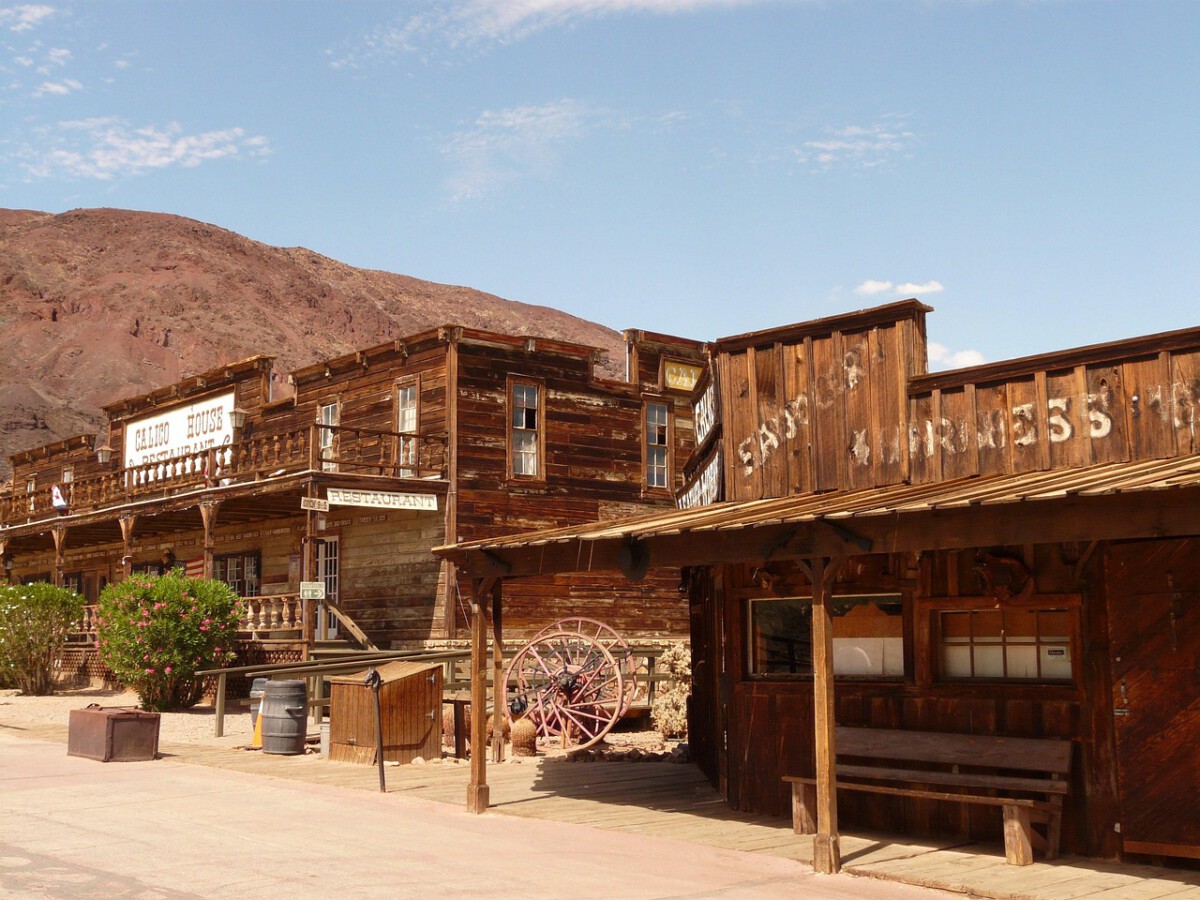Tourism in 2024: Who’s Allowed In and How Many Go?

North Korea’s borders remained tightly sealed for much of 2020-2023 due to the COVID-19 pandemic, only reopening for strictly controlled tours in January 2024. As of April 2025, official figures from the Korea International Travel Company (KITC) estimate fewer than 5,000 foreign tourists have entered in the past year, a fraction of pre-pandemic numbers, which hovered around 120,000 in 2019. Most travelers are from China, with Western visitors making up less than 10 percent. The country still bans visits from South Koreans, Americans, and Japanese citizens, citing “security concerns.” All tours must be booked through government-approved agencies, and independent travel is strictly forbidden. Even within tour groups, visitors face a lengthy vetting process, including background checks and mandatory pre-trip orientation sessions designed to limit “inappropriate behavior.” The scarcity of tourists is palpable; at the Koryo Hotel in Pyongyang, occupancy rates rarely exceed 30 percent, according to Reuters reporting in February 2025.
The Arrival: Entering Pyongyang’s Sunan International Airport
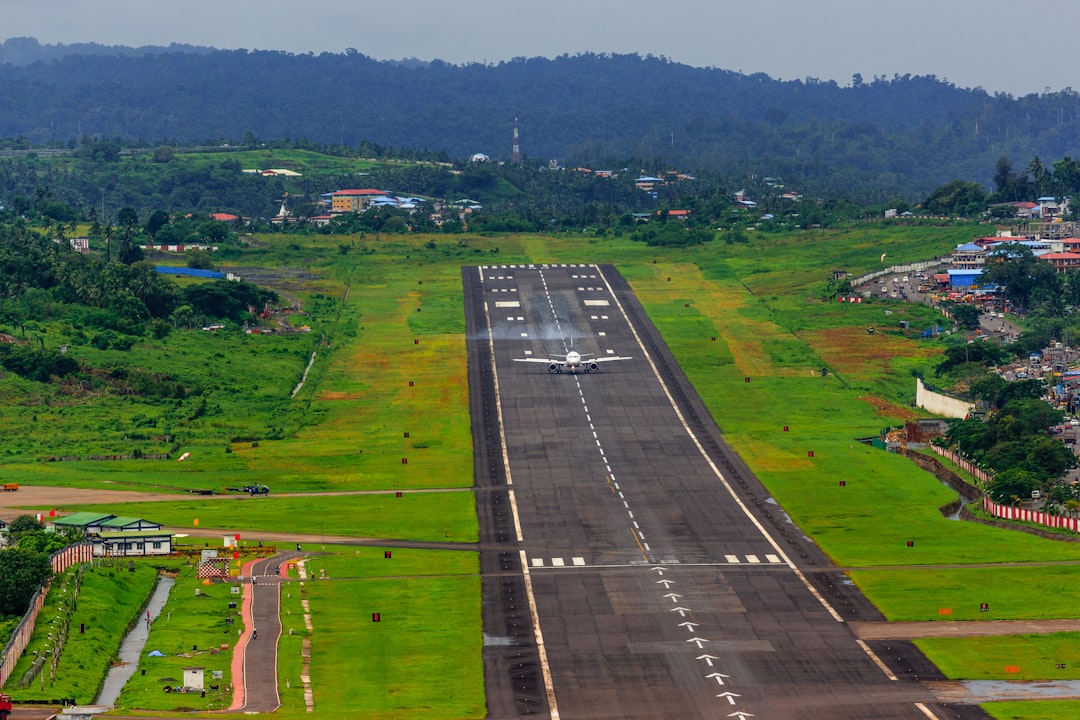
Travelers usually arrive via Air Koryo, North Korea’s state-owned airline, or by overnight train from Dandong, China. Sunan International Airport, revamped in 2016, remains eerily quiet compared to global airports. In 2024, the airport processed just over 3,200 international arrivals, a figure confirmed by the North Korean Civil Aviation Bureau. Upon landing, visitors are subjected to rigorous customs inspections: smartphones, laptops, books, and even magazines are checked for “impermissible content.” According to Human Rights Watch’s 2024 report, border agents continue to confiscate foreign SIM cards and GPS-enabled devices. Security personnel remind arrivals that photography is only permitted in designated areas, and even innocuous items like travel guides about South Korea are strictly banned. The arrivals hall itself is sparse, with only a single small duty-free shop and a conspicuous lack of advertising or international branding.
Constant Surveillance: Guides, Minders, and “Invisible Eyes”
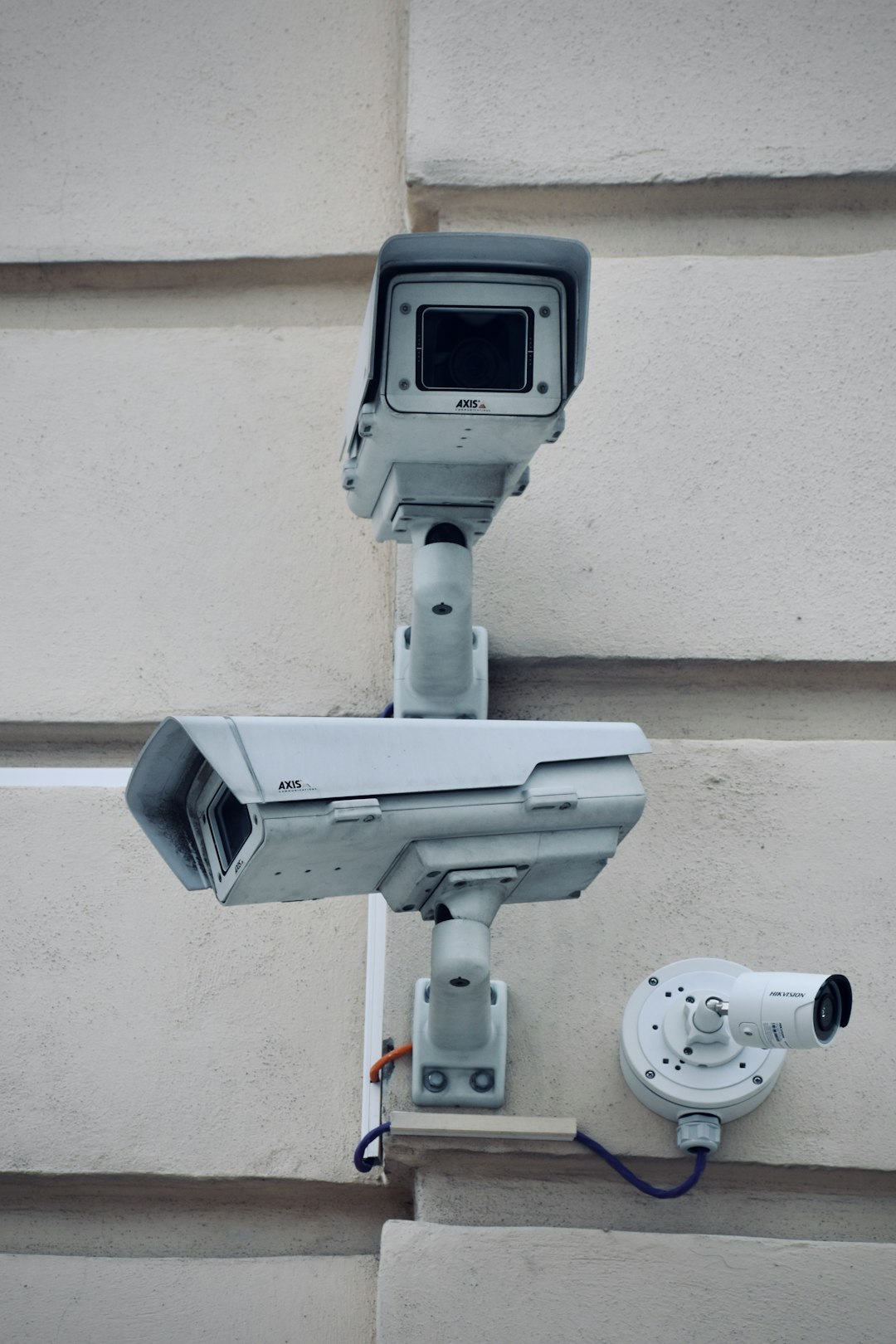
Every foreign visitor is assigned not one but two government-appointed guides, who accompany the group at all times. These guides are officially responsible for interpreting and cultural explanation, but their primary task is surveillance. In 2024, leaked guidelines from KITC revealed that guides must file daily reports on each tourist’s behavior and conversations. Recent defectors and tour participants interviewed by the BBC in January 2025 described how guides communicate by radio with “security monitors” positioned in hotels and public spaces. Hotel rooms are routinely checked for unauthorized photos or recordings, and some visitors report finding microphones hidden behind mirrors or in telephones, confirming suspicions long held by foreign diplomats. Unscheduled wanderings are strictly prohibited; when a German tourist attempted to leave her hotel alone in March 2024, she was quickly escorted back by plainclothes officers.
Life in Pyongyang: What Tourists See (and What They Don’t)

Tour itineraries in 2025 remain tightly choreographed, focusing on grand monuments, museums, and model schools in Pyongyang. Visitors are taken to landmarks such as the Mansudae Grand Monument and the Victorious Fatherland Liberation War Museum, where guides recite official narratives. The city itself, home to 3 million people, appears clean and orderly, with wide boulevards and little visible traffic. However, recent satellite imagery analyzed by NK News in March 2025 shows that many residential blocks remain unheated in winter, and frequent power outages continue to affect outlying districts. Tourists are not permitted to visit residential areas, local markets, or hospitals, and interactions with ordinary citizens are limited to orchestrated encounters, such as staged school performances. According to a 2024 report from Amnesty International, the disparities between Pyongyang and rural regions remain stark, but are deliberately concealed from foreign eyes.
Rural Reality: Glimpses Beyond the Capital
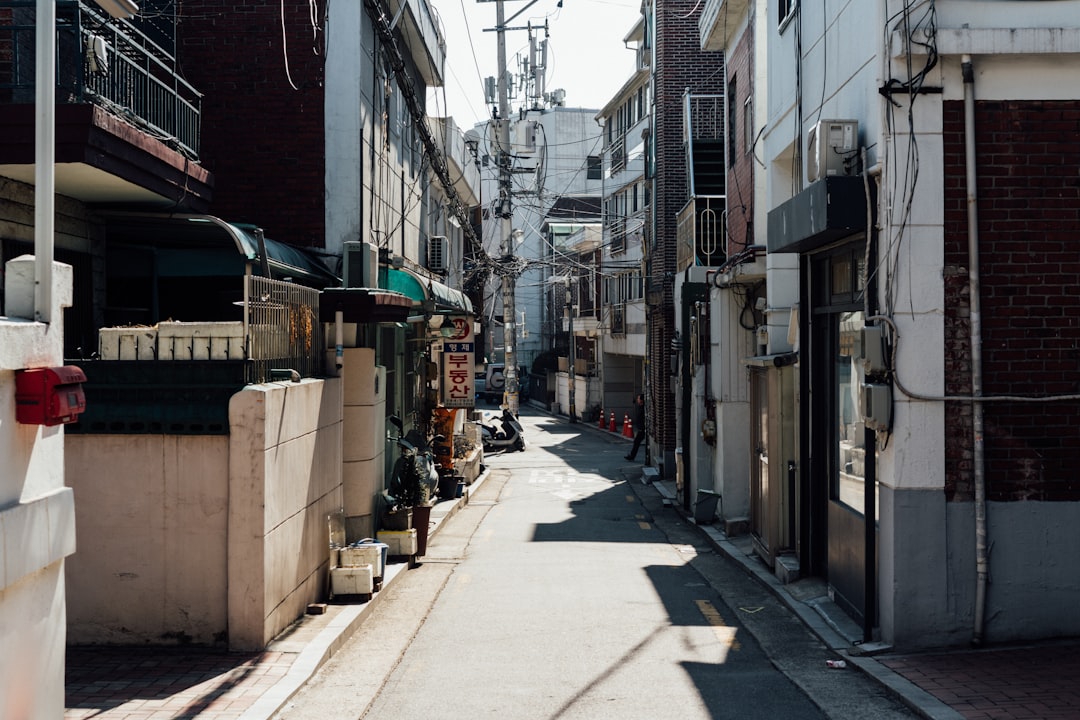
While most tours never leave Pyongyang, a few agencies now offer tightly controlled excursions to cities such as Kaesong, Wonsan, and the Mount Kumgang region. In 2024, the North Korean Tourism Board reported that only 6 percent of all foreign tourists visited areas outside the capital. Even on these trips, visitors are restricted to “model farms” or “exemplary villages,” where residents have been briefed to avoid off-script conversations. According to satellite data published by 38 North in February 2025, rural infrastructure remains dire, with 60 percent of homes lacking reliable electricity and an estimated 40 percent of the population facing chronic food insecurity. Reports from the United Nations World Food Programme in March 2025 confirm that malnutrition rates in North Hwanghae and South Hamgyong provinces have worsened, contradicting the sanitized image presented to tourists.
Mobile Phones and Internet: The Great Digital Divide
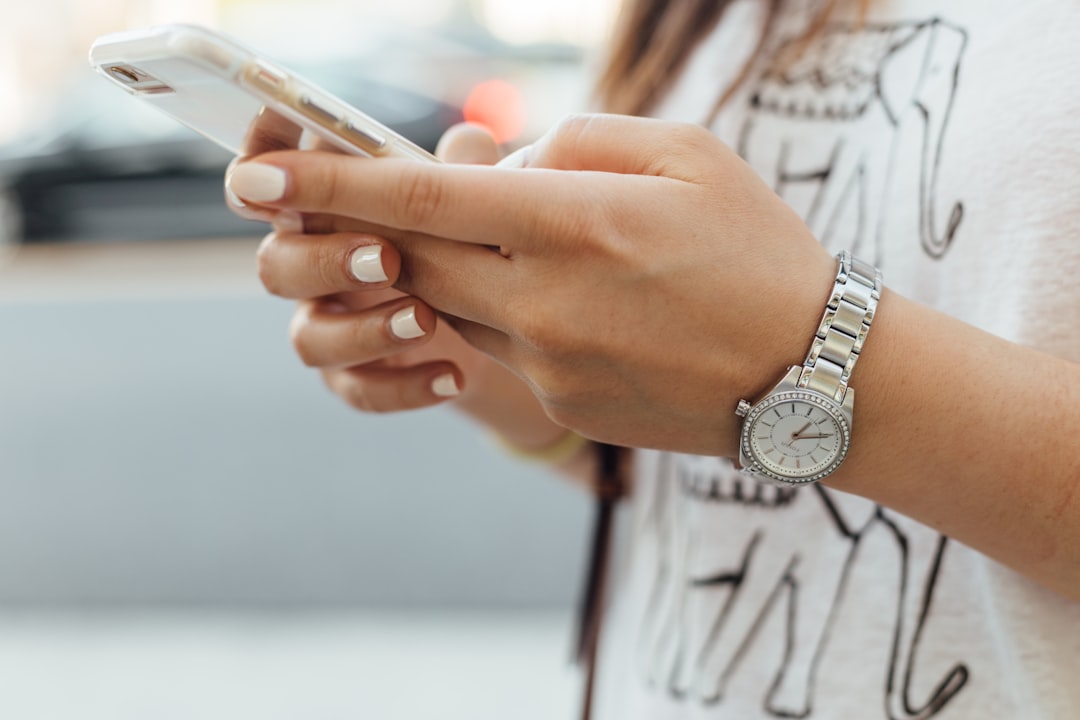
Foreigners entering North Korea are required to surrender their SIM cards and cannot access international roaming. In 2024, the Ministry of Posts and Telecommunications introduced new regulations allowing tourists to rent North Korean SIMs for domestic calls only, at a cost of $50 per week. These phones cannot call abroad or access the global internet, only the tightly controlled domestic intranet, known as Kwangmyong. According to the OpenNet Initiative’s 2024 report, only a few thousand elite North Koreans have limited internet access, and even government officials use heavily monitored connections. Attempts to use VPNs or satellite phones are considered criminal offenses; in January 2025, a Chinese businessman was detained for allegedly trying to bypass digital restrictions. Most tourists describe the digital blackout as “total,” with hotel Wi-Fi only providing access to a handful of pre-approved sites like KCNA, the state news agency.
Dining and Daily Life: What’s on the Menu?
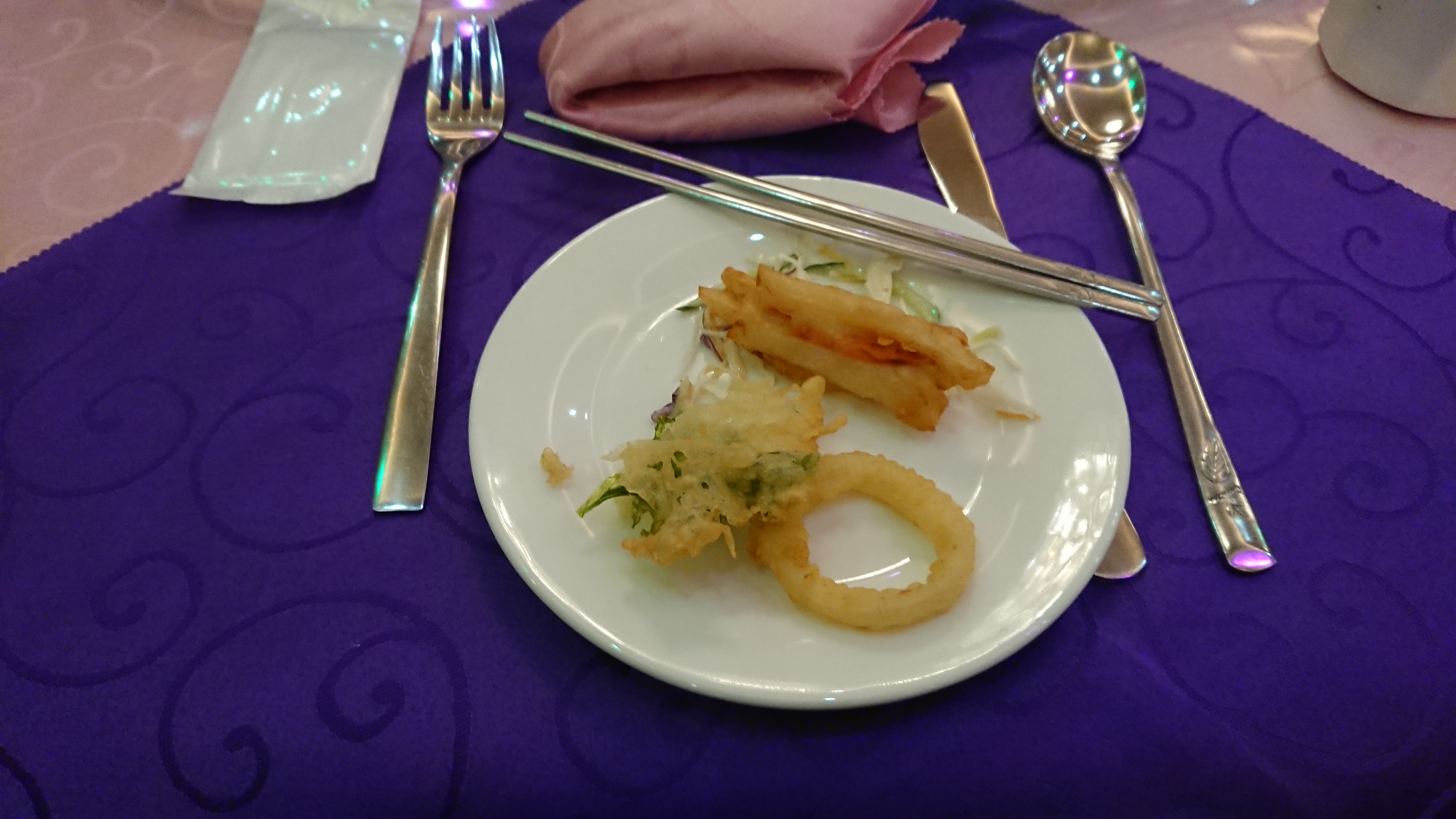
Meals for tourists are carefully curated, often featuring multiple courses and ample portions—a stark contrast to the food shortages reported outside the capital. In 2024, the most common dishes served include Pyongyang cold noodles, grilled duck, and kimchi, all presented in state-run restaurants designed for foreign guests. Alcohol, especially locally brewed Taedonggang beer, is readily available on tour, but imported goods remain rare. According to a March 2025 survey by Koryo Tours, 85 percent of foreign travelers rated the food as “good” or “very good,” though many noted the repetitive menus and lack of fresh fruit or dairy. Behind the scenes, food security remains precarious: the UN’s latest assessment indicates that state rations have declined by 10 percent since 2023, and dependency on international aid is growing. Tourists are not shown the ration shops or informal markets, where everyday North Koreans struggle to afford staples.
Propaganda and Performance: The Art of the Showcase

Cultural shows and mass games are a highlight of any North Korean tour, staged with extraordinary precision and scale. In September 2024, the Arirang Mass Games returned in Pyongyang after a four-year hiatus, drawing 120,000 performers and several hundred foreign spectators, according to KCNA. These events are designed to dazzle, with perfectly synchronized routines, elaborate costumes, and enormous portraits of Kim Il Sung and Kim Jong Un dominating the stadium. Foreigners are encouraged to take photos and share their impressions online, but are forbidden to record rehearsals or behind-the-scenes preparations. Interviews with defectors published by the Daily NK in February 2025 reveal that performers, including children, endure months of training and face harsh penalties for mistakes. The spectacle is breathtaking, but its purpose is clear: to reinforce the regime’s image of unity, discipline, and national pride in the eyes of outsiders.
Shocking Restrictions: What You Can’t Do (and the Consequences)
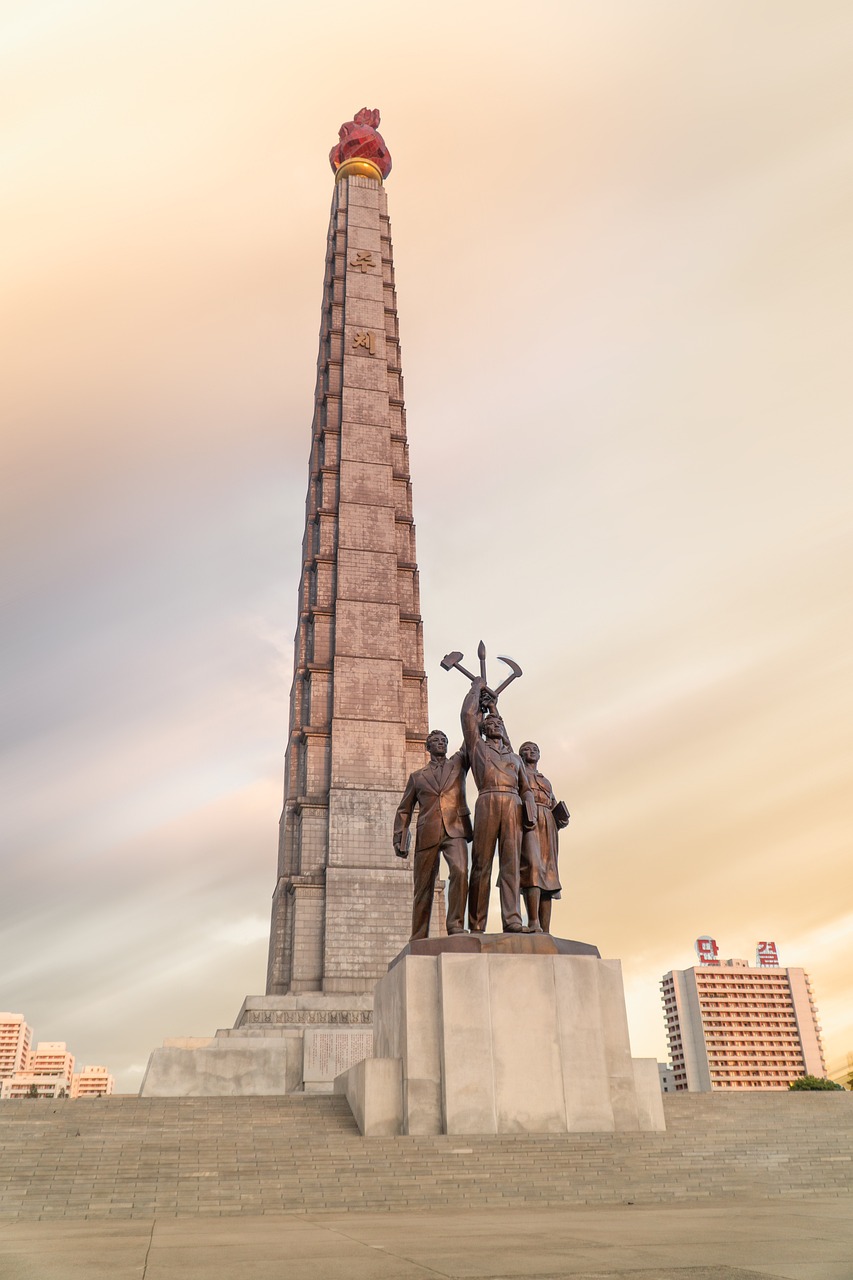
North Korean law prohibits a long list of activities for foreigners, many of which are not obvious to first-time visitors. In January 2024, the Ministry of Public Security updated its guidelines, banning the use of drones, unauthorized interviews with locals, and the possession of materials featuring religious or political content. Photography of construction sites, soldiers, or “unflattering” images of the Kim family is strictly forbidden; violators risk arrest, fines, or expulsion. In December 2024, two Russian tourists were detained for three days after taking “disrespectful” selfies at the Mansudae Monument, as confirmed by the Russian Embassy in Pyongyang. The U.S. State Department’s travel advisory for 2025 still warns of “the risk of arbitrary detention,” citing past cases in which tourists were held for minor infractions. Even seemingly harmless actions, such as folding a newspaper with a leader’s photo, can provoke official censure.
The Cost of Secrecy: What Tourists Really Pay
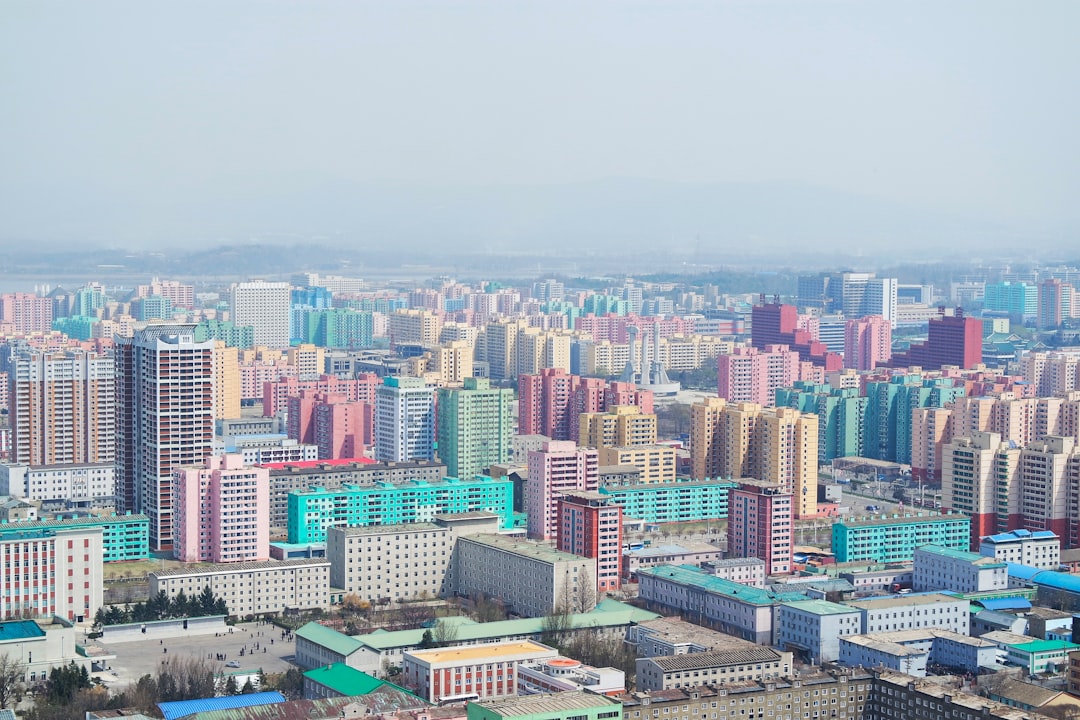
Traveling to North Korea remains one of the world’s most expensive—and controlled—experiences. In 2024, the average five-day tour package costs around $2,100 per person, excluding visas and airfare, according to data from Young Pioneer Tours. Prices have risen by 15 percent since 2023 due to increased security and logistical expenses. All payments must be made in advance, typically in euros or Chinese yuan, as North Korean won are not available to foreigners. Tips for guides and drivers are mandatory and closely monitored; travelers report being encouraged to give $10–20 per day. Despite the cost, there are no refunds for cancellations, and travel insurance covering North Korea is extremely limited. Most agencies require participants to sign lengthy waivers acknowledging the risks and agreeing to comply with all instructions. The high price tag, combined with the country’s secrecy, ensures that visiting North Korea remains a privilege for the few—and a profound mystery to the rest of the world.

